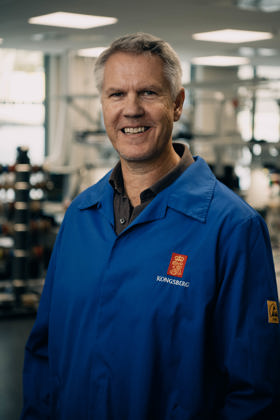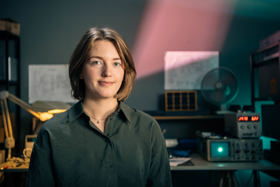In a state-of-the-art laboratory, Jan Ottar is meticulously testing the electronics at one of Norway's most vital defence products.
He is working on power electronics that manage the fins of the Naval Strike Missile – a sea-target missile renowned for its superior operational performance and survivability against all enemy defence systems.
The NSM serves as the primary armament for the Norwegian Navy's frigates and coastal corvettes and has been selected by 13 other countries as a significant coastal defence capability.
A paradise for those who love electronics
At Kongsberg Defence & Aerospace (KONGSBERG), you will find one of Norway's largest professional environments for electronics. And it's about to get even bigger. We are experiencing rapid growth, with many new and exciting development projects on the horizon. In the coming years, we will need more skilled electronics developers to strengthen our professional environment and contribute to value creation that supports our important societal mission – protecting people and planet.






